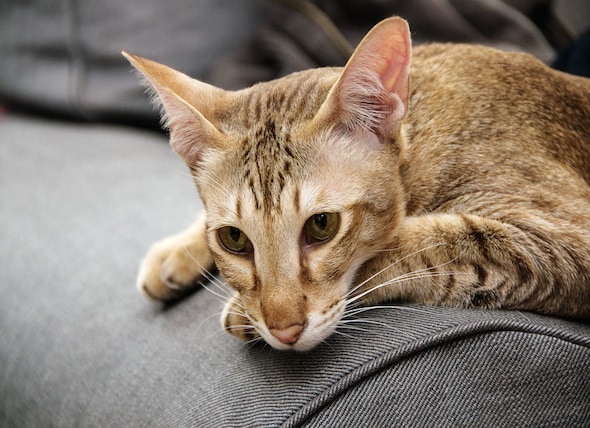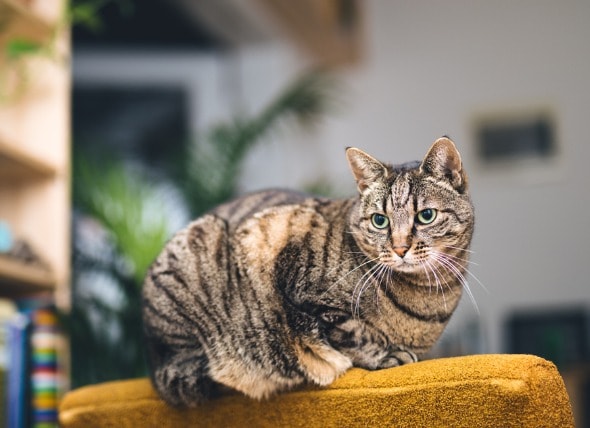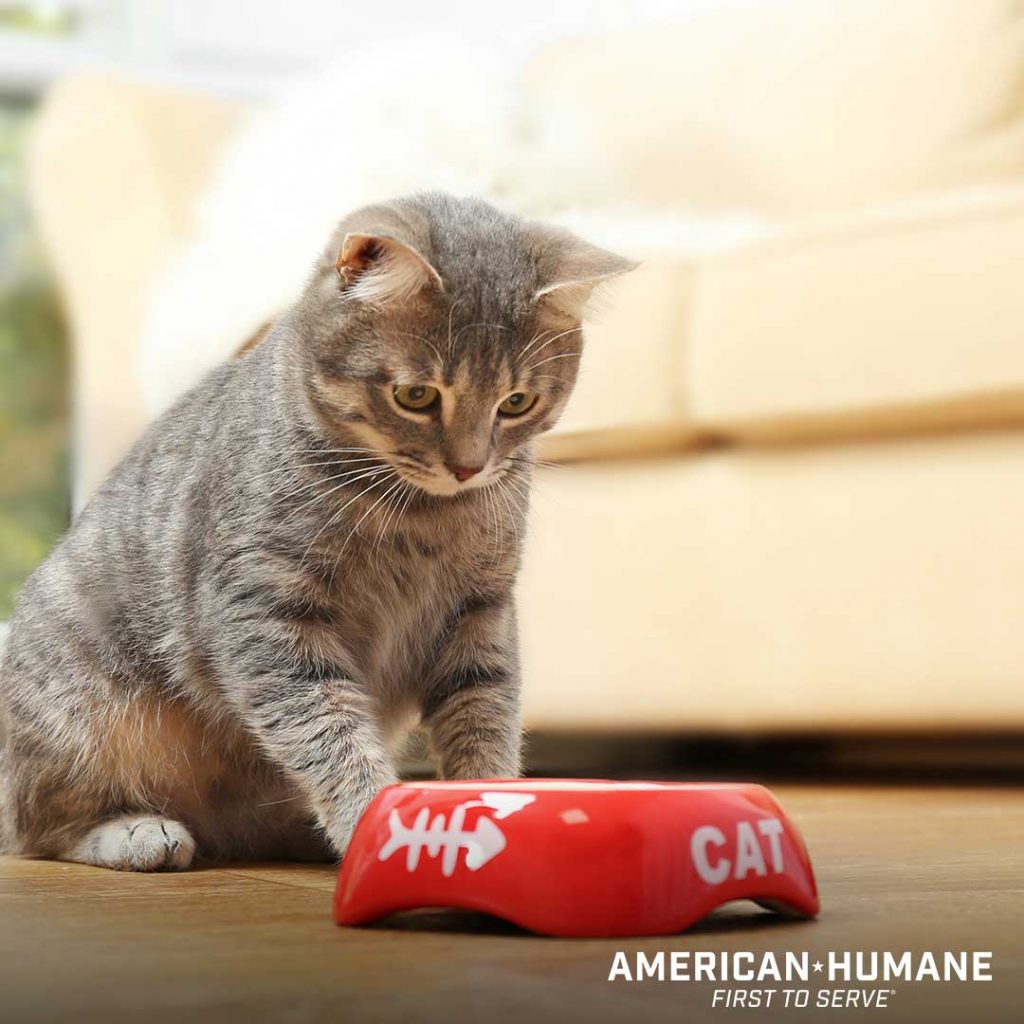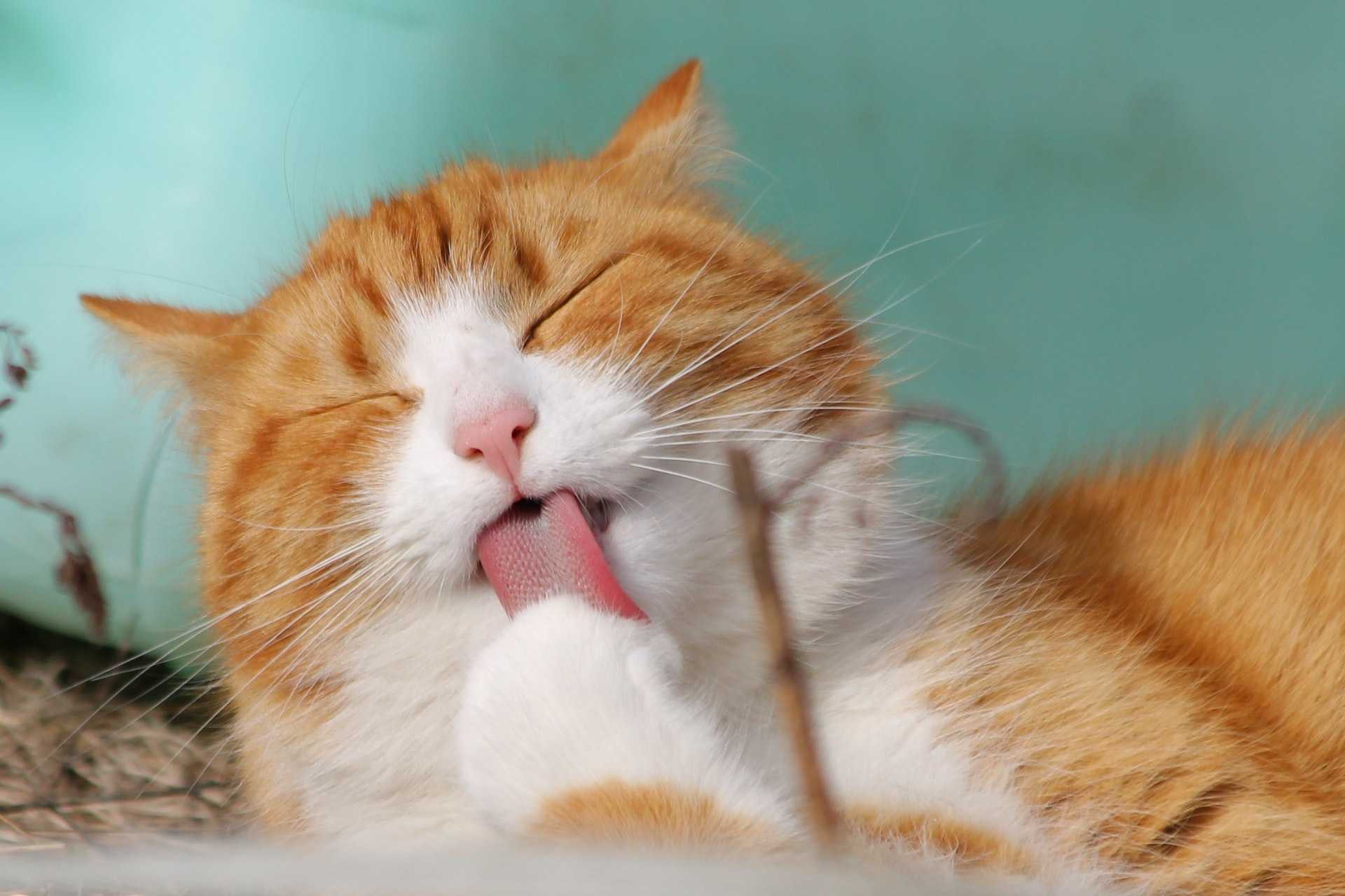diabetic ketoacidosis in cats survival rate
Diabetic ketoacidosis is a serious complication of diabetes in which ketones and blood sugar levels build up in the body due to insufficient levels of insulin which is required to move glucose into the cells for energy. DKA may also occur if a cats diabetes is extremely poorly regulated.

Management Of Feline Diabetes Mellitus Veterinary Practice
Diagnosis And Treatment Of Diabetic Ketoacidosis dka In Dogs And Cats.

. A lack of insulin means that. Median hospitalisation was 5 days with up to 40 having. Once pets survive the life-threatening DKA portion of the disease and go on to become routine diabetics and do well.
Approximately 70 of dogs and cats survive to discharge. Diabetic ketoacidosis DKA is an acute life-threatening metabolic complication of feline diabetes mellitus DM and mortality rates range from 17 to 50. Whats Happening in the Cats Body.
In one study of 42 cats with DKA or ketosis without acidosis 70 of cats survived to discharge. Diabetic ketoacidosis is a medical emergency that occurs when there is not enough insulin in the body to control blood sugar glucose levels. It is a complication of insulin dependent Diabetes Mellitus.
When there is a heightened metabolic rate and energy requirement due to concurrent illness an increase in the release of glucose counter-regulatory hormones causes insulin receptor resistance lipolysis free fatty acid release and. Most patients with DKA survive to discharge. Diabetic ketoacidosis DKA is an acute lifethreatening metabolic complication of feline diabetes mellitus DM and mortality rates range from 17 to 50.
Dogs with concurrent Cushings are less likely to leave the hospital. Well-regulated diabetic cats can develop DKA following a trigger that stresses their system. Even today some reports suggest that 10 to 15 per cent of humans will die from an episode of.
Diabetic ketoacidosis DKA is a not uncommon emergency in both newly diagnosed and poorly regulated diabetic cats. Ketoacidosis is a result of diabetes that has worsened or hasnt been treated sufficiently. The term ketoacidosis refers to a condition in which levels of acid abnormally increased in the blood due to presence of ketone bodies.
Diabetes Mellitus with Ketoacidosis in Cats. Eighty-two 65 dogs were diagnosed with DKA at the time of in. World Small Animal Veterinary Association World Congress Proceedings 2005.
Diabetic ketoacidosis DKA is a complication of unregulated diabetes mellitus DM that produces marked hyperglycemia profound metabolic acidosis and hyperketonemia in severely affected patients. The 3 cornerstones of therapy are rehydration correction of. Here are several symptoms of diabetic ketoacidosis in dogs.
Meanwhile diabetes is a medical condition in which the body cannot absorb sufficient glucose thus causing a rise the blood sugar levels. DKA diabetes mellitus insulin emergency endocrinology BEFORE insulin was discovered and extracted from animal pancreata diabetic ketoacidosis DKA proved invariably fatal for anyone suffering from diabetes mellitus. Diabetic Ketoacidosis in Cats.
Add your Vet and Pet Rx info then Chewy Handles the Rest. As a result the body uses fat as an alternate energy source which produces ketones causing the blood to become too acidic. Prognosis for Diabetic Ketoacidosis in Cats.
As a result these ketones build up in the bloodstream turning the blood extremely acidic. Regular Insulin â Continuous rate infusion CRI protocol1. With ketoacidosis the lack of insulin causes the body to burn fat and muscle creating ketones.
The difference is that diabetic ketoacidosis is the bodys final effort at survival before succumbing to diabetes. Insulin may also be prevented from working normally due to other hormones released as a result of certain diseases. Approximately 7 of dogs and up to 40 of cats experience DKA again.
Diabetic ketoacidosis DKA is a not uncommon emergency in both newly diagnosed and poorly regulated diabetic cats. A cat may experience diabetic ketoacidosis if they have undiagnosed or untreated diabetes. Diabetes ketoacidosis DKA is one of the most serious and acute complications of diabetes.
Chewy Pharmacy is that Simple. What they found Researchers found that 95 out of the 114 cats 833 survived to discharge and were treated with either insulin glargine 419 or porcine insulin zinc suspension 581. It is characterized by moderate hyperglycemia blood glucose usually between 250 mgdL and 800 mgdL at presentation metabolic acidosis and presence of serum ketones with an elevated anion gapIt represents an extreme in the spectrum of.
1 2 3 4 5 6 Despite this studies are scarce and current treatment recommendations are mostly extrapolated from experiences in people and dogs. DKA is the result of marked insulin deficiency and ketonaemia and ketoacidosis occur approximately 15 days after insulin concentrations are suppressed to. Ketoacidosis was present in 39 342 of cats at the time of diagnosis and was not associated with length of survival.
1-6 Despite this studies are scarce and current treatment recommendations are mostly extrapolated from experiences in people and dogs. DKA is often discussed as a condition that is separate from. The kidneys are unable to filter all of the ketones from the blood.
Diabetic ketoacidosis requires urgent veterinary treatment. The 3 cornerstones of therapy are. The aim of this study was to retrospectively describe the outcome of 127 dogs with naturally occurring diabetic ketoacidosis DKA and to examine the association between outcome of canine DKA and clinical and clinicopathologic findings.
Severe diabetic ketoacidosis is a medical emergency and requires prompt treatment to correct dehydration electrolyte disturbances and acidosis. Median hospitalization is 6 days dogs and 5 days cats. Ad We Offer the Same Medications As Your Vet at Great Prices.
Reportedly most dogs and cats with DKA 70 survive to discharge. The body cannot use glucose properly without insulin so blood glucose levels get very. Feline diabetic ketoacidosis is a buildup of ketones in the bloodstream of a cats body.
When there is a heightened metabolic rate and energy requirement due to concurrent illness an increase in the release of glucose counter-regulatory hormones causes insulin receptor resistance lipolysis free fatty acid release and. Subcutaneous glucose monitoring systems are also available and are clinically accurate in patients with DKA although accuracy is better in well hydrated patients Reineke et al 2010 Prognosis. The prognosis depends upon the severity of the illness the cats response to therapy overall heath of your cat concurrent diseases and secondary complications from diabetes.

Feline Diabetes Mellitus Updates On Diagnosis Treatment Today S Veterinary Practice

Feeding Cats Dry Food Could Increase Feline Diabetes Risk Diabetes
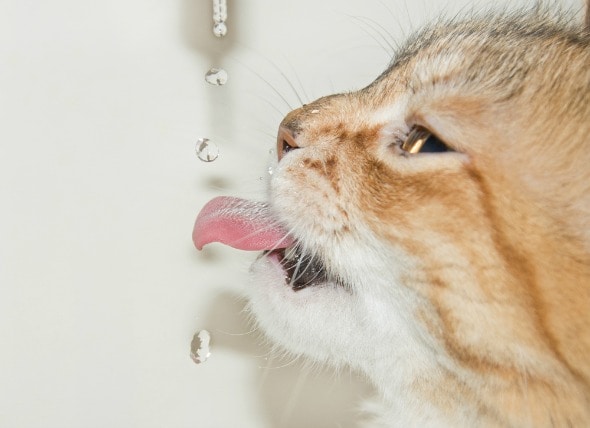
What Is Diabetic Ketoacidosis Dka In Cats Petmd
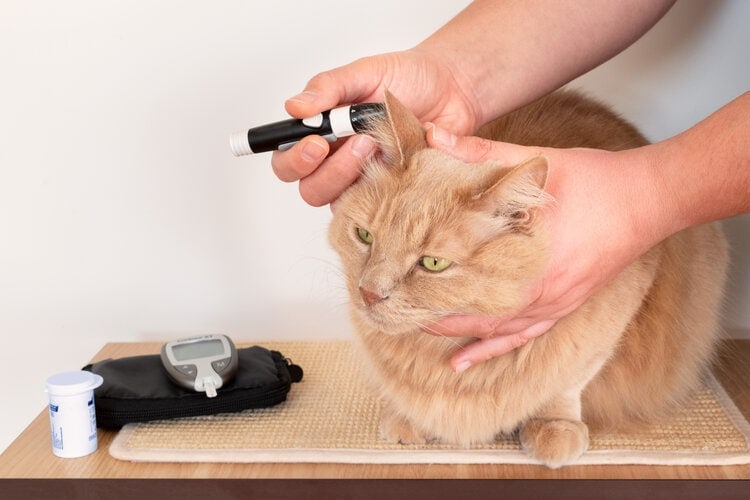
How Long Can A Cat With Diabetes Live Without Treatment Hepper

Feline Diabetes Overview Fact Sheet Davies Veterinary Specialists
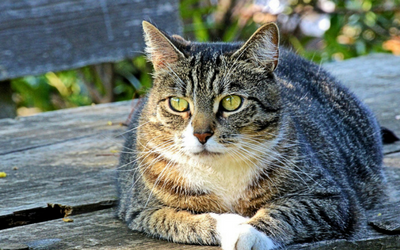
Diabetic Remission In Cats Vca Animal Hospitals

Updates In Feline Diabetes Mellitus And Hypersomatotropism Veterinary Clinics Small Animal Practice

The Diabetic Cat With Inflammatory Bowel Disease Today S Veterinary Practice

Management Of Feline Diabetes Mellitus Veterinary Practice

Diabetes Remission In Cats Which Insulin Is Best Vetlearn Com

Why Diabetes Is Not A Death Warrant For Cats Petmd

Management Of Feline Diabetes Mellitus Veterinary Practice

Symptoms And Causes Of Cat Nausea Petplace Cats Cat Care Pets

The Cost Of Cat Diabetes What You Need To Know
